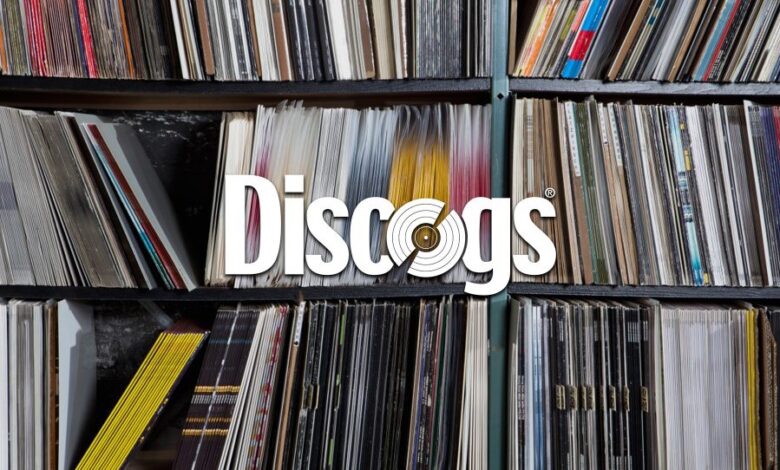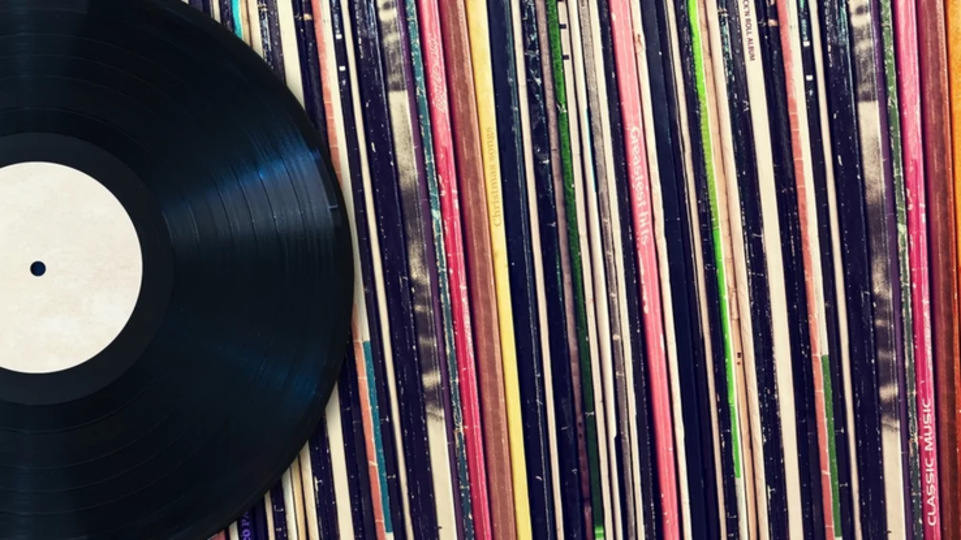
Table of Contents
ToggleIntroduction
In the world of music, archiving and cataloging are critical components of preserving an artist’s legacy. One term that frequently emerges in music communities, databases, and industry circles is discog define. But what does it truly mean, and why is it so important to artists, fans, and collectors?
The word “discog” is a shortened form of discography, which refers to the complete list of musical works released by a specific artist, band, or group. When someone uses the phrase “discog define,” they are usually seeking to understand or explain the structure, significance, or scope of a discography. Whether you’re a casual music fan, a vinyl collector, or a digital archivist, knowing how to interpret and utilize a discography can offer deep insights into an artist’s creative journey.
In this comprehensive guide, we’ll break down the full meaning of discog define, its practical applications, types, formatting standards, and how it plays a vital role in the modern music industry.
What Does “Discog Define” Really Mean?
At its core, the phrase “discog define” is about seeking or establishing a clear definition for a discography. A discography is a chronological catalog or list of music recordings that an artist has produced, including studio albums, singles, EPs, live recordings, collaborations, and even unreleased tracks.
Understanding a discography provides context to an artist’s evolution, themes, and influence. Whether listed on a fan website, music database, or digital library, a discography is much more than a playlist—it’s a historical record of creativity and impact.
Components of a Discography
To fully appreciate the meaning of discog define, it’s essential to recognize what makes up a complete discography:
1. Studio Albums
These are the main releases created in a controlled environment, showcasing an artist’s musical vision.
2. Extended Plays (EPs)
Shorter than albums but longer than singles, EPs usually contain 3–6 tracks and offer fans new content between major releases.
3. Singles
Individual tracks often released ahead of full albums, usually intended for radio play or commercial promotion.
4. Live Albums
These are recordings of performances in concert venues and are prized for capturing raw energy and audience interaction.
5. Compilations
Collections of previously released or themed songs, including greatest hits or rarities.
6. Soundtracks and Features
Songs created specifically for movies, series, or collaborations with other artists.
7. Unreleased/Bootleg Tracks
Though unofficial, many collectors and fans consider these essential to a complete discography.
When you hear someone say “discog define,” they may be referring to any or all of these categories, depending on how comprehensive the cataloging effort is.
Why Understanding a Discography Matters
1. Historical Reference
A discography helps chronicle the musical journey of an artist over time. This historical context is vital for academic research, journalism, and fan discussions.
2. Artist Evolution
By studying an artist’s discography, listeners can track their evolution in sound, lyrical maturity, and experimentation.
3. Cultural Insight
Music often reflects the political, cultural, and emotional state of its time. A discography acts as a mirror to those moments.
4. Collector’s Tool
Whether you’re into vinyl, cassettes, or rare CDs, a well-defined discography helps collectors ensure they possess every release.
5. Streaming and Digital Libraries
For digital platforms, having an accurate discography ensures proper royalties and recognition. It also makes discovery easier for new fans.
How Discographies Are Structured
There are various formats for displaying discographies, depending on the context and platform. Here are some of the most common:
1. Chronological Format
This is the most widely used. Releases are listed from oldest to newest (or vice versa).
2. Categorical Format
Discographies are grouped into sections like Albums, EPs, Singles, and Compilations.
3. Alphabetical Format
Used less often, especially for large catalogs. Ideal for quick lookups of song titles or featured artists.
4. Format-Based Listing
Organized by media format (vinyl, digital, cassette, CD), commonly found in collector’s databases.
5. International Release Versions
Artists often release different versions for international markets. These versions are also included in comprehensive discographies.
Understanding these structures is essential when interpreting a search like “discog define.”
Digital Archiving and the Role of Metadata
In the digital era, discographies have transcended printed formats. Metadata plays a crucial role in identifying and sorting tracks. Metadata includes:
-
Artist name
-
Release date
-
Track length
-
Genre
-
ISRC codes (International Standard Recording Codes)
-
Recording labels
This information not only helps listeners but also ensures artists are accurately credited and compensated.
The Role of Discographies in Music Discovery
In streaming services like Spotify, Apple Music, and Tidal, well-structured discographies enhance the user experience. Playlists, related artist suggestions, and album recommendations are all built using discographic metadata.
“Discog define” in these contexts also implies defining logical hierarchies between releases—for example, recognizing deluxe editions, bonus tracks, or alternate covers.
Artist Branding and Legacy
Artists often take control of their discographies to shape how their work is remembered. Well-curated catalogs reinforce branding and provide long-term value. For deceased artists, their discography becomes part of their cultural legacy—managed by estates and archivists to ensure integrity and longevity.
Whether it’s David Bowie, Beyoncé, or a new indie artist, defining the discography is equivalent to defining their musical biography.

Frequently Asked Questions (FAQs)
What does “discog define” mean in music terms?
“Discog define” refers to the act of defining or explaining what a discography is—a detailed catalog of an artist’s musical releases.
Why is a discography important?
A discography documents an artist’s creative journey and helps fans, historians, and collectors track and understand their work.
What should a complete discography include?
Studio albums, singles, EPs, live recordings, collaborations, soundtracks, and unreleased or bonus content.
How is a discography different from an album list?
An album list only includes full albums, while a discography includes all types of releases across various formats and timelines.
Can a discography change over time?
Yes. Artists often release posthumous content, deluxe editions, remixes, or previously unreleased material that gets added to their discography.
How are discographies used in digital streaming services?
They help organize content, improve search results, recommend music, and ensure accurate royalty distribution.
Are discographies important for record collectors?
Absolutely. Discographies are essential tools for collectors seeking to complete their collections or verify authenticity.
Who creates official discographies?
Official discographies are typically created by the artist’s label, management team, or music historians. Fans also contribute through community-driven platforms.
Do all artists have discographies?
Yes. Even if informal, any artist with recorded releases has some form of discography—however minimal or incomplete.
Is “discog define” a technical term?
Not exactly. It’s more of a search phrase or shorthand used to ask for the meaning and breakdown of what a discography entails.
Conclusion
In a musical world where content is king, organization is the throne. The phrase “discog define” may seem simple at first glance, but it touches the very core of how music is cataloged, appreciated, and remembered. A discography is more than a checklist—it’s a narrative of sound, a history of influence, and a map of artistic expression.
Whether you’re an avid listener, collector, or aspiring artist, understanding the value of a discography empowers you to explore music with depth and purpose. From vinyl crates to digital libraries, the way we define and structure music catalogs continues to shape the global soundscape.




